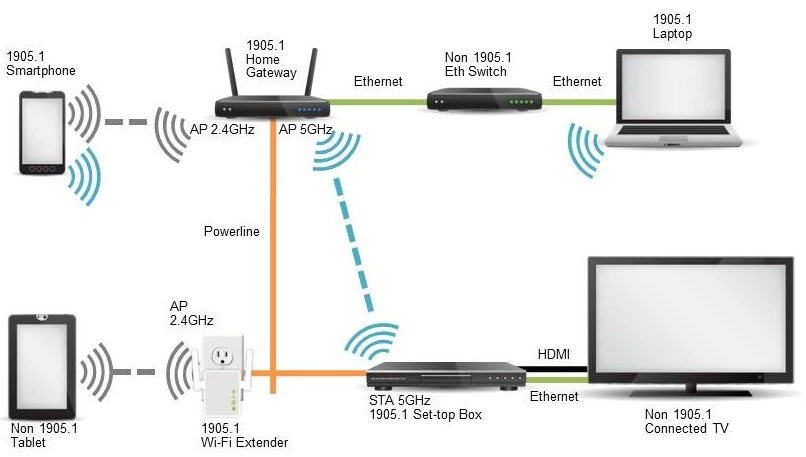3K
Data communications are the exchange of data between two devices via some form of transmission medium such as a wire cable.
The effectiveness of a data communications system depends on four fundamental characteristics: delivery, accuracy, timeliness, and jitters.
- Delivery: The system must deliver data to the correct destination. Data must be received by the intended device or user and only by that device or user.
- Accuracy: The system must deliver the data accurately. Data that have been altered in transmission and left uncorrected are unusable.
- Timeliness: The system must deliver data in a timely manner. Data delivered late are useless. In the case of video and audio, timely delivery means delivering data as they are produced, in the same order that they are produced, and without significant delay. This kind of delivery is called real-time transmission.
- Jitter: Jitter refers to the variation in the packet arrival time. It is an uneven delay in the delivery of audio or video packets. For example, let us assume that video packets are sent every 30ms. If some of the packets arrive with 30ms delay and others with a 40ms delay, an uneven quality in the video is the result.
